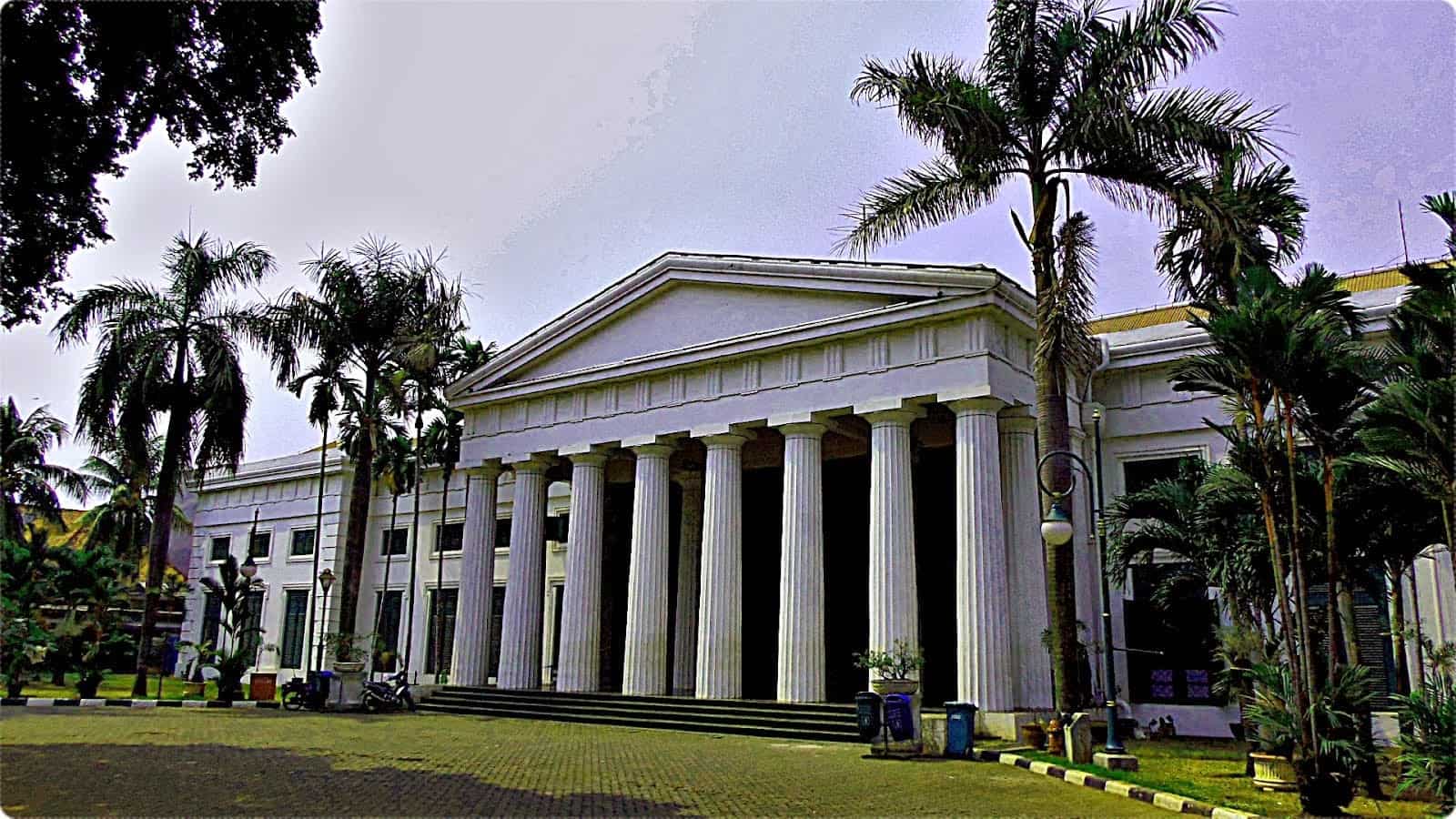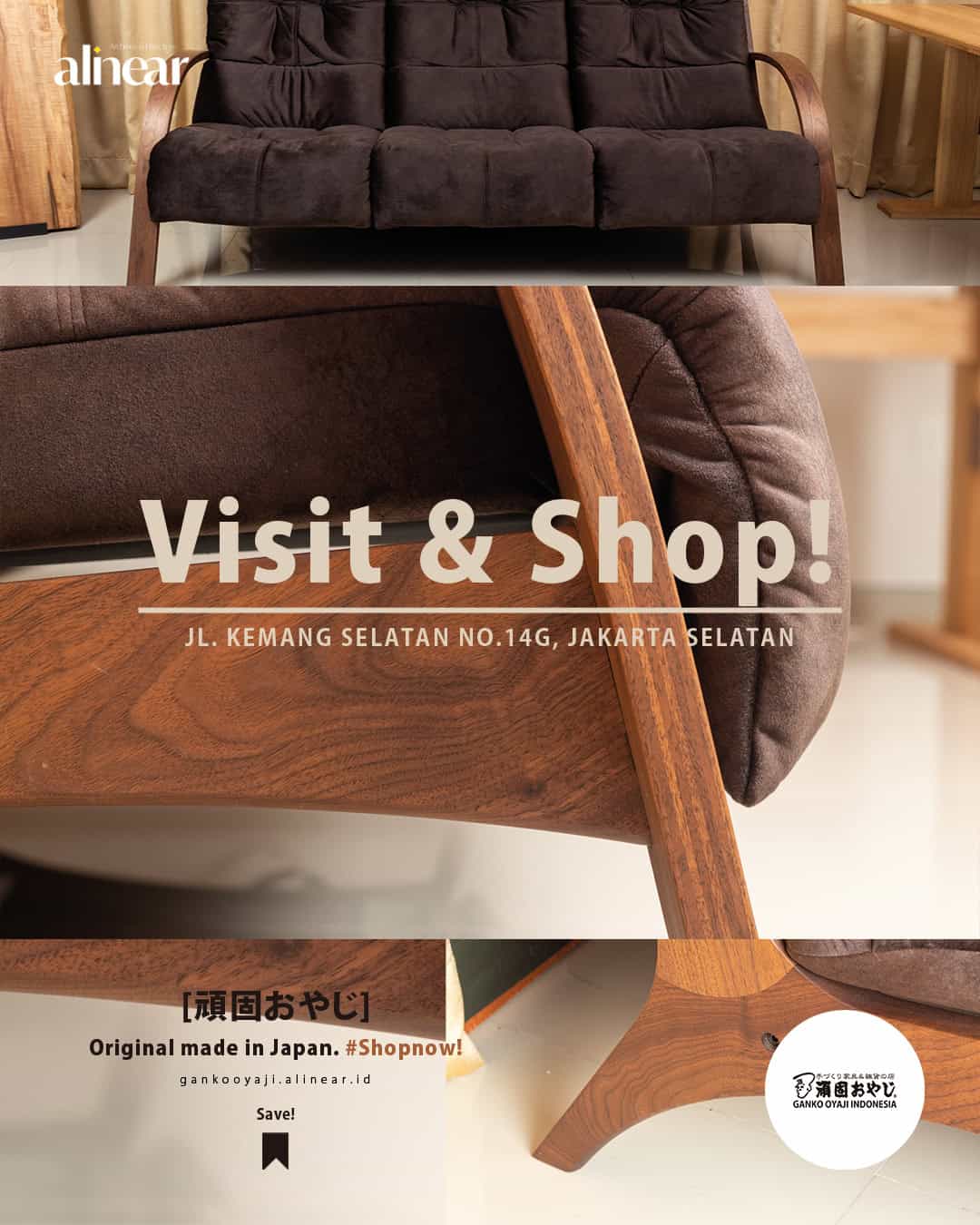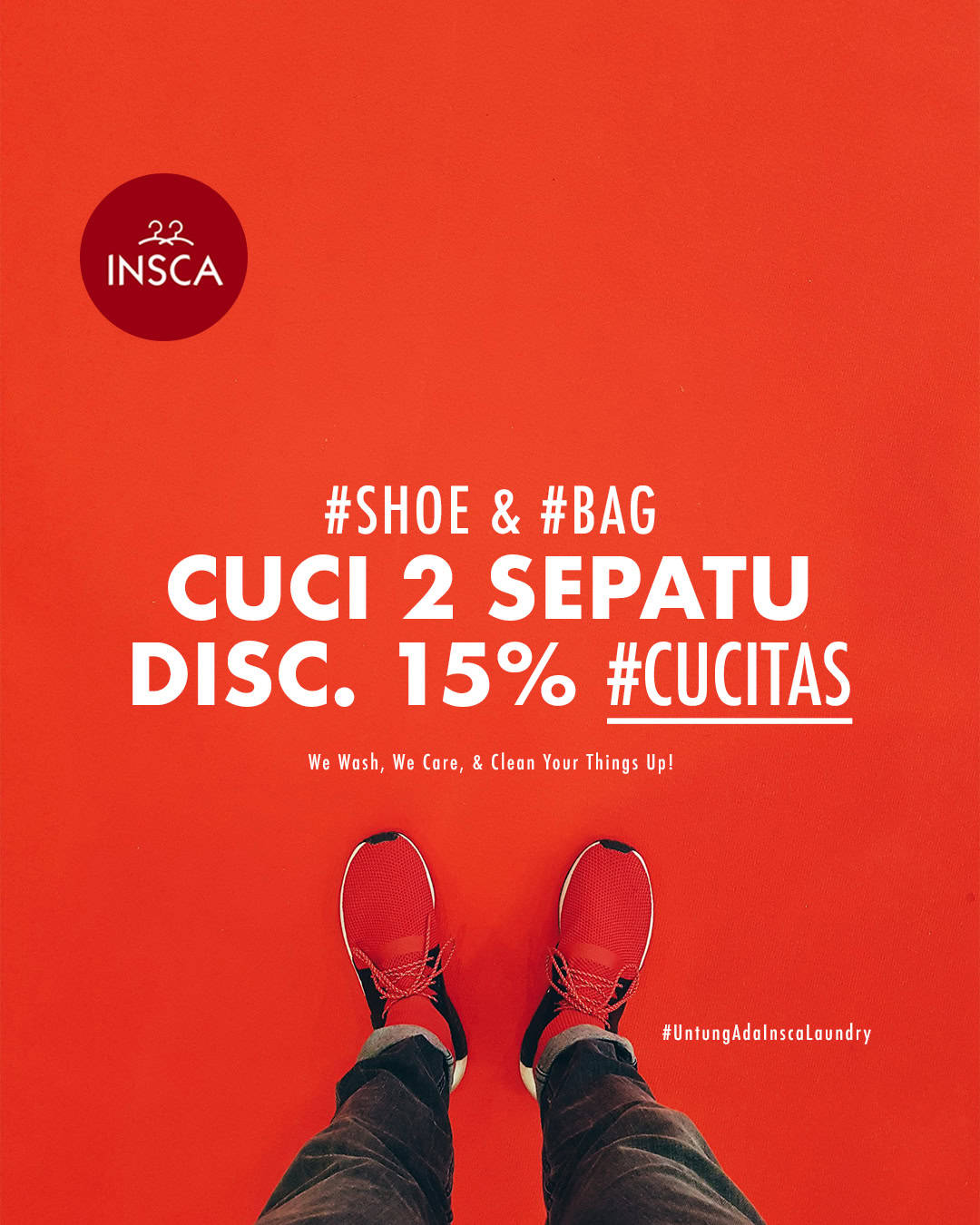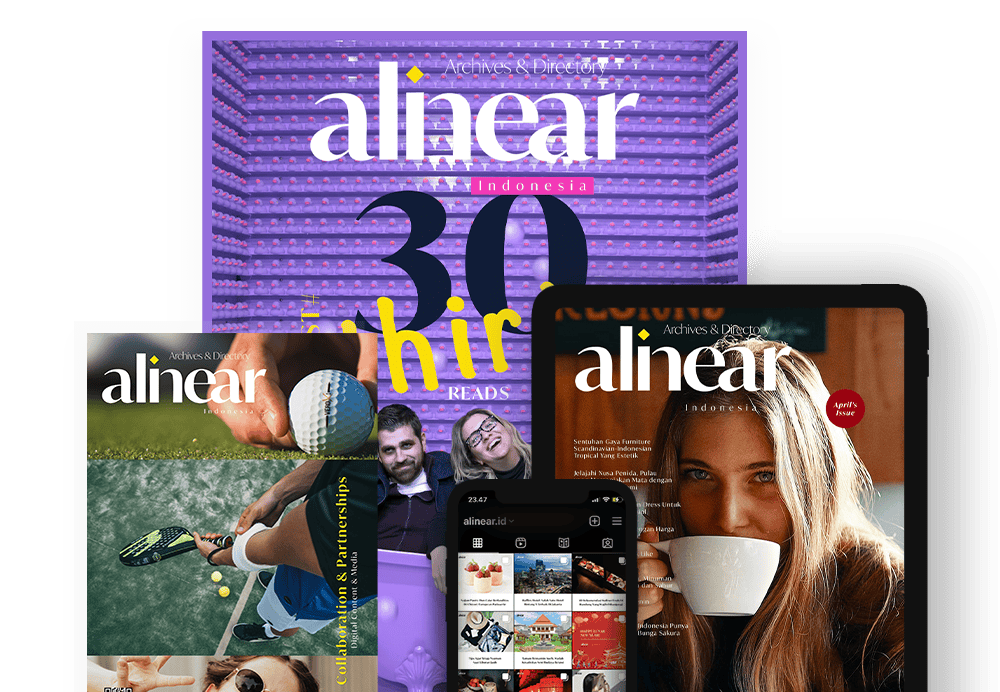
Several fine arts came from neighbouring countries, Japan, China, Vietnam and Thailand at Museum of Fine Arts and Ceramics Jakarta.
Inaugurated for the very first time in 1870 by two influential authorities, General Governor Jan Piter Miyer and Jhe W.H.F.H Van Raders, this historical building sets in Jalan Pos Kota No. 2 and used to be Raan van Justitie Binnen Het Casteel Batavia, also known as Supreme Court of the Netherlands.
During Japanese occupation, this building used to be military barrack (dormitory). After proclamation, in 1986 until 1975, this building used to be Dinas Museum dan Sejarah DKI Jakarta (Jakarta’s history and museum service office). In August 1976, former President, Soeharto re-inaugurated this building as Balai Seni Rupa (Fine Arts Museum).
Front museum seems like ancient Roman architecture with Neo-classic style and oversized pillars. As the name Fine Arts Museum, this building contains of two main collections, fine arts and ceramics.
Inside the building, you can enjoy fine arts collection, painting collections, sculpture and other fine arts made by Indonesian artists since 1800 until now. More than 500 collections made from different materials and technics, like ‘Pengantin Revolusi’ (‘Bride of Revolution’) by Hendra Gunawan, ‘Ibu Menyusui’ by Dullah also Balinese sculpture, magical yet symbolic totem by I Wayan Tjokot and his family.
Moreover, there are also several fine arts came from neighbouring countries, Japan, China, Vietnam and Thailand. In the same area, you can also find finest ceramic collections with distinguish design from Indoensia’s Ceramic Industry like Plered, Singkawang and Kasongan.
This museum also provide place for earthenware training. You can learn some basic technic like pinching, press and coiled pots. Before going home, you should visit their souvenir shop. They offers great painting, unique ceramics, sketch with affordable prices.
The museum is open daily from 9 am – 3 pm on Tuesday to Sunday and closed on Monday and Public Holidays. Tickets worth Rp5.000,- (adults) and Rp3.000,- for students. It sets near Jakarta Kota railway station, Fatahilla Museum and Wayang Museum. You can visit by train or TransJakarta buses to Kota, Jakarta’s old town.












